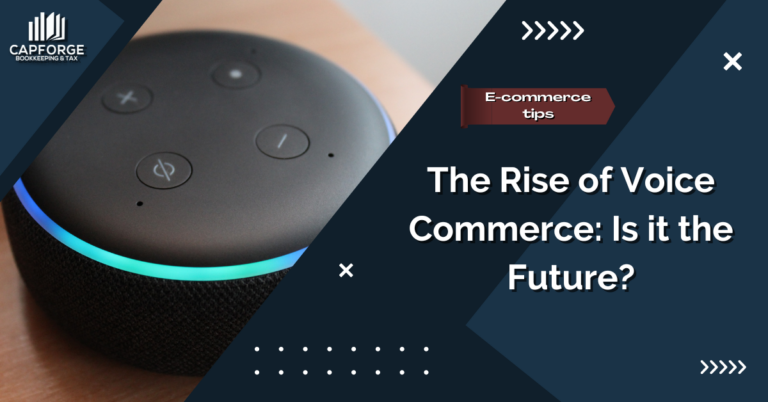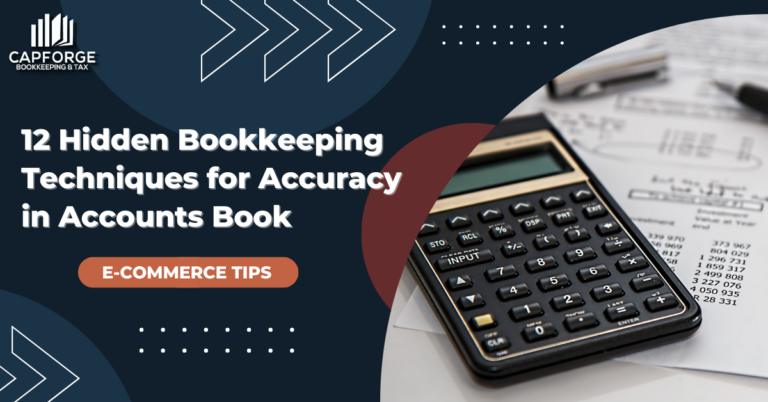Do’s and Don’ts of Amazon Product Promotion
If there’s one thing that sellers should take advantage of in Amazon, it’s their sponsored advertisements. Amazon product promotion is an excellent way to boost your product listing’s visibility and improve your conversion rates. As more and more sellers flood the platform’s market, competition is becoming increasingly challenging. Thus, you must use sponsored ads so you can win over search terms and outrank your competitors.
Sponsored ads appear in different places on the search results page, making them hard to miss by customers. This added visibility is what makes sponsored ads highly effective. By placing the ads in areas of interest, customers won’t have to navigate to find what they need. This, in turn, increases the chances of customers buying your product.
But to truly reap the benefits of sponsored product ads, you need to implement them correctly. In this article, we’ll discuss the do’s and don’ts of Amazon’s sponsored product ads so that you can maximize their full potential.
What to do on Amazon’s sponsored ads
1. Take advantage of Amazon Advertising’s Learning Console
Sponsored ads may sound intimidating at first, but thanks to Amazon Advertising’s Learning Console, you can quickly grasp the concept of how they work. Here, you can acquire the advertising skills and knowledge needed to kickstart your ad campaign. You’ll find plenty of helpful courses that will set you and your business up for future success.
The courses will also guide you throughout the different sponsored ad types to determine which ones work best for your marketing campaign. What’s more, you can earn certifications to showcase your proficiency in Amazon advertising.
With Amazon’s learning console, you get to learn at your own pace. You can customize your education by going through individual courses or videos. The best part is that the learning console is free, which is a massive plus for first-time Amazon sellers. If you want to accelerate your learning of Amazon product ads, make sure to try out their learning console.
2. Optimize your PPC campaigns
PPC campaigns require regular optimization to ensure they deliver the results you want. You want your ad campaigns to work both in the short-term and the long-term, which requires immense time, effort, and resources. Your primary goal is to match the best keywords related to your products, which you can achieve through proper keyword research.
Once you nail your keywords down, you want to calculate your bids and implement the correct bidding strategy to go along with it. A well-optimized PPC campaign is structured to meet your desired objectives. If your actual target advertising cost of sale (ACoS) is higher than your target ACoS, it means your bids are high, and you should lower your ad spend.
Don’t forget to monitor keywords that don’t generate sales for long periods. When you spot an unprofitable keyword, remove that from your manual campaign and add them to your negative keyword list.
3. Go over the Amazon brand guidelines
Before you start your ad campaigns, it’s worth reviewing Amazon’s Brand Guidelines. Amazon implements a set of rules that sellers must adhere to so they don’t get penalized. Thus, you must familiarize yourself with these rules to limit the potential headaches you may experience.
The brand guidelines highlight a couple of key pointers that an Amazon PPC campaign should stick to. Things like the text links, call-to-action elements, and typeface all have specific recommendations from Amazon that you should follow. For example, a seller is prohibited from using Amazon logos in their ads and is discouraged from using the same colors the platform uses.
The goal of the Amazon brand guidelines is to maintain a level of consistency and professionalism across all ads displayed on the platform. To avoid any issues, take the time to read the full guidelines so that you can set up your ad campaigns correctly.
4. Conduct in-depth keyword research
To ensure your Amazon PPC campaigns deliver the results you want, you need to conduct in-depth keyword research. You want to calculate your keyword bids carefully by using the correct search terms that best match your products. The good news is Amazon offers a keyword testing tool where you can test out keywords with the best product conversion sales.
If you want to direct more traffic to your ads, you can consider using long-tail keywords. Long-tail keywords are specific keywords that customers use to narrow down their options. These keywords typically are low-volume keywords, but they are more likely to convert because there’s less competition involved.
Keyword research requires plenty of time and patience, but once you get it right, you’ll be able to generate more traffic and position your ads favorably on the search results pages.
What not to do on Amazon’s sponsored ads
1. Target expensive high-volume keywords
As a seller, you may think it’s better to target high-volume keywords because that’s where potential sales lie. But the problem is that high-volume keywords have high competition, and it’s likely that your conversion rates will suffer as well. Expensive keywords don’t always mean efficient, and if you set up your ad campaign this way, you won’t achieve great results.
Instead, you should focus on testing multiple keywords relevant to your product. You can also try different match types to optimize your ad campaign. You can still target expensive keywords, but make sure to limit them and adjust accordingly depending on how well they perform.
2. Randomly selecting titles and ad groups
A large part of a PPC campaign’s success is how the seller creates product titles and groups their products. It’s a lengthy process that requires planning and patience as each product title and ad group will be different depending on the seller’s goals. You want to avoid random selections, as this can hamper the performance of your entire ad campaign.
As a new seller, our recommendation is to stick to the tried and true method of figuring out your product titles and grouping your ads. Doing so will optimize your campaigns and maximize your returns altogether.
3. Rely on auto-campaigns excessively
Beginner sellers may find auto campaigns convenient because they’re easy to set up and don’t require keyword research. While auto campaigns do most of the work for you, it’s not the ideal setup that you should rely on for your ads.
One reason is that the product ad is not optimized as there is no analysis of the keyword’s profitability and relevance. Another reason is that you have no control over the keyword bid, meaning your bids will remain the same for high and low-converting keywords.
There are instances where Amazon will display ads with irrelevant keywords. That’s bad for your PPC campaigns as you’ll sometimes end up targeting the wrong audience. Instead of over-relying on auto-campaigns, take the time to learn manual campaigns.
Manual campaigns give you more room to work with, allowing you to target your audience precisely with the right keywords. Moreover, you can achieve your target ACoS value and adjust bid rates depending on the keyword’s performance.
4. Making sudden budget changes to product ads
As a beginner, you’ll come across plenty of mistakes when you run your first ad campaign. While this is understandable, you want to limit the number of errors you make, including making sudden budget changes to your ads.
The last thing you want is to repeatedly change your budget a few days after launching your PPC campaign. You should focus on studying your ads and see how well they perform before you make any changes. The ideal scenario would be to test out your ads for one to two weeks so that you can acquire enough data to analyze. Manual PPC campaigns take even longer (usually a month) before keyword optimization data appears. Allow your ads to mature first before making budget decisions.
Conclusion
Amazon Product Ads can appear complex for first-time sellers. While you will indeed face challenges early on, the good news is you have access to resources that will help build your knowledge and skills. Running a successful ad campaign is a resource-intensive task, and it’s unlikely you’ll achieve ground-breaking results on your first try.
But with a bit of persistence and hard work, you can optimize your ad campaigns and run them exactly how you want them. These do’s and don’ts of sponsored product ads will make it easier for you to learn how the advertising program works and how you can take full advantage of it.
If you’re an e-commerce business that needs reliable and accurate bookkeeping services, our team is here to help. Simply fill out the form below and we’ll get back to you as soon as possible.







